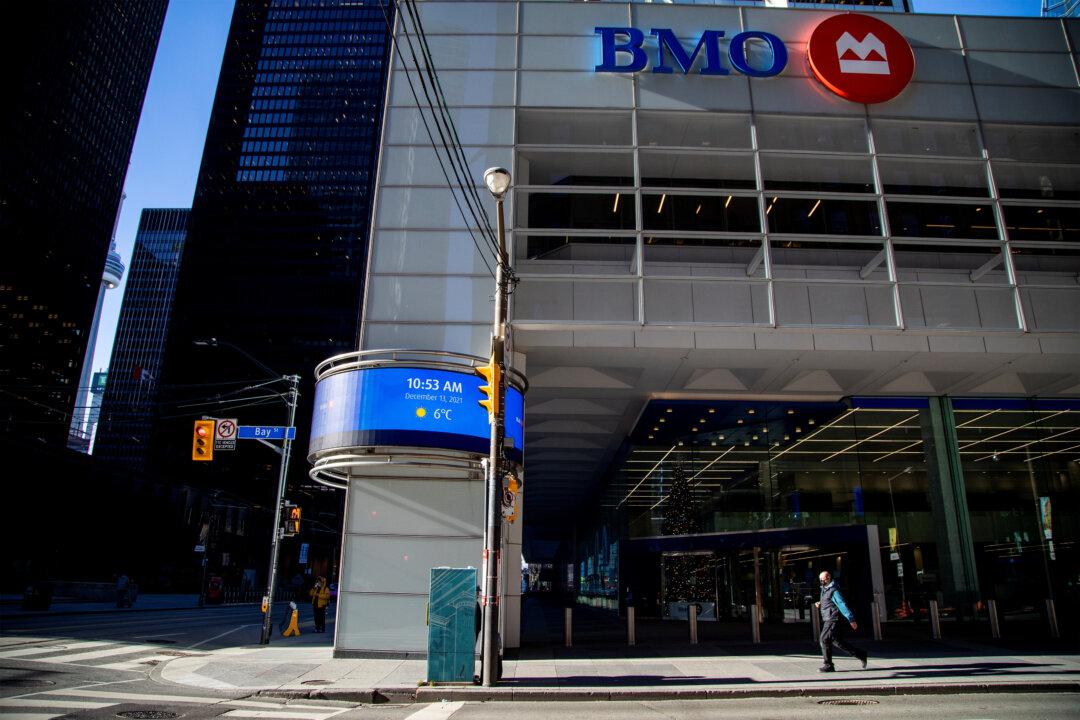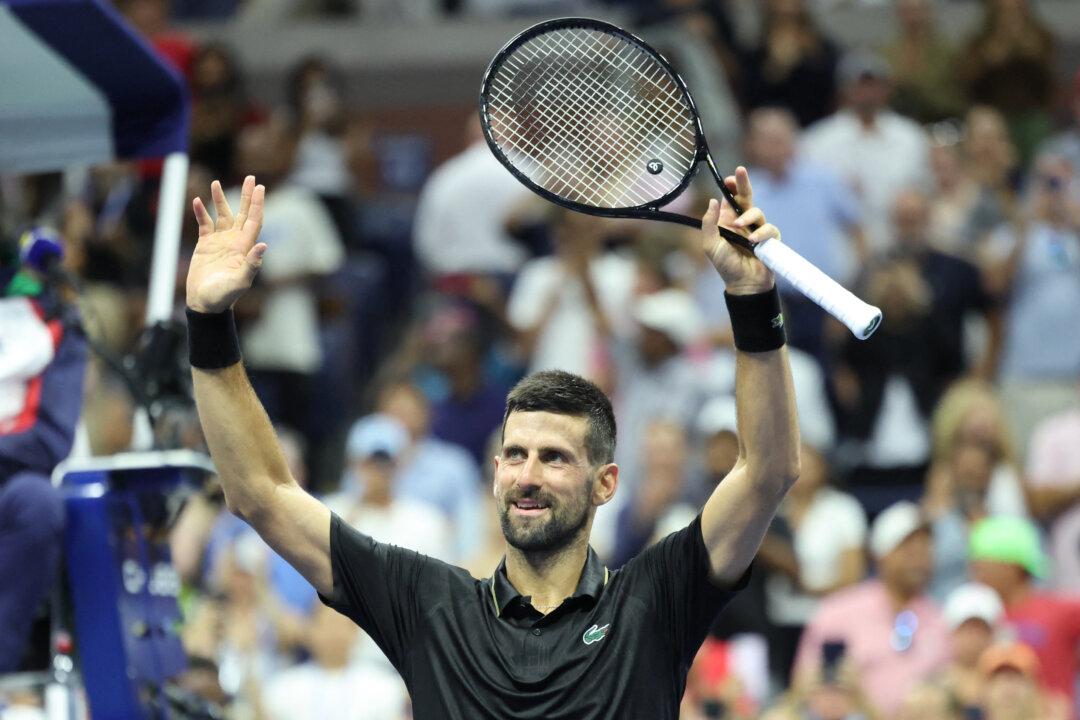CAPE CANAVERAL, Fla.—Boeing Co. is set to launch its new astronaut capsule on Dec. 20 on its first unmanned journey to the International Space Station, a milestone test for the U.S. aerospace firm that is vying with SpaceX to revive NASA’s human spaceflight capabilities.
Boeing’s CST-100 Starliner spacecraft, a cone-shaped pod capable of carrying up to seven astronauts, will blast off from Florida’s Cape Canaveral around 6:36 a.m. atop an Atlas V rocket from Boeing-Lockheed Martin Corp.’s United Launch Alliance.





